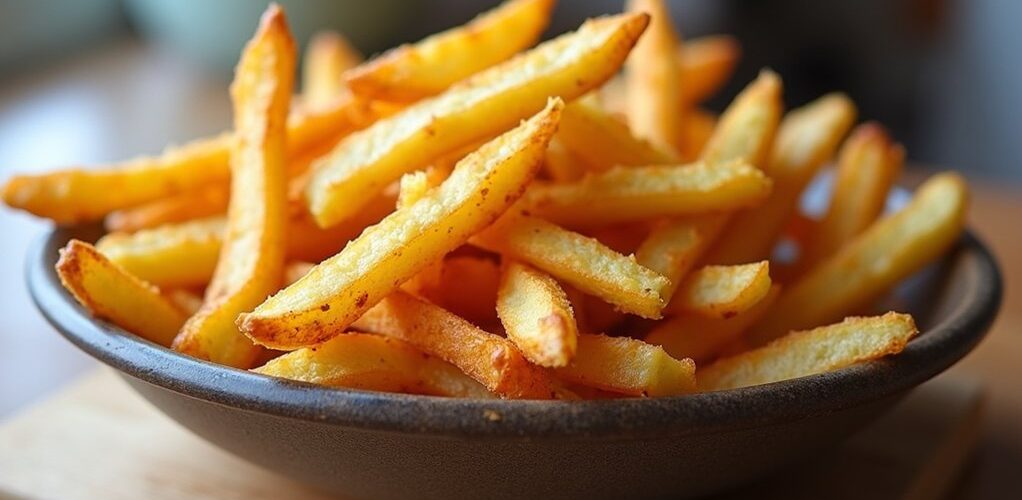
Traditional French fries are not low-carb, containing 34-60 grams of carbohydrates per medium serving. The deep-frying process maintains these high carb levels, while commercial varieties may include additional sugars and preservatives. For those following low-carb diets, alternatives like rutabaga (5g net carbs), turnips (4g), and zucchini (3g) offer considerably reduced carbohydrate content while providing essential nutrients and fiber. Understanding these vegetable alternatives opens up a world of crispy, keto-friendly options.
Key Takeaways
- Traditional French fries contain 34-60 grams of carbohydrates per serving, making them unsuitable for low-carb diets.
- A medium potato's net carbs range from 26-29 grams after subtracting fiber, still too high for keto or low-carb eating.
- Low-carb alternatives like zucchini, rutabaga, and turnip fries contain only 3-7 grams of carbs per serving.
- Deep-frying doesn't reduce carbohydrate content, and commercial fries may contain additional sugars and preservatives.
- Keto-friendly vegetable fries provide essential nutrients while keeping net carbs under 7 grams per serving.
The Truth About Traditional French Fries
While French fries remain a beloved side dish worldwide, their nutritional composition presents significant challenges for those following low-carb dietary plans. A medium serving of French fries contains approximately 34 grams of carbohydrates, primarily from the starchy potatoes used in their preparation. Although they provide some dietary fiber, roughly 3.5 grams per serving, their net carb content remains substantially high. The deep-frying process, while contributing to their characteristic taste and texture, does not reduce their carbohydrate content. Additionally, commercial French fries often include additional ingredients such as sugars and preservatives, which can also impact their nutritional profile. These factors collectively make traditional French fries an unsuitable choice for individuals adhering to ketogenic or low-carb dietary protocols. It's important to avoid starchy vegetables like potatoes in a keto diet, as they can disrupt ketosis by providing too many carbohydrates.
Understanding Net Carbs in Potatoes
Understanding the net carb content of potatoes proves essential for individuals following low-carb dietary protocols. A medium potato contains approximately 30 grams of total carbohydrates, with net carbs ranging from 26 to 29 grams after subtracting fiber content.
Even a single medium potato delivers a substantial carb load, making it a significant consideration for those watching their carbohydrate intake.
This high carbohydrate profile makes potatoes, and by extension French fries, a challenging choice for those monitoring their carb intake.
- One medium potato (150g) contains roughly 30g of total carbohydrates
- Net carbs remain consistent regardless of cooking method
- Potato's high starch content can cause significant blood sugar spikes
- Alternative vegetables like zucchini or turnips offer lower net carb options
For those strictly limiting their carbohydrate consumption, understanding these numbers helps make informed decisions about incorporating potatoes into their meal planning, particularly when considering French fries as a food choice. Incorporating non-starchy vegetables into your diet can help manage blood sugar levels, especially important for individuals dealing with diabetes.
Low-Carb Vegetable Alternatives
Health-conscious individuals seeking to reduce their carbohydrate intake can find solace in several vegetable alternatives to traditional French fries. While standard potato fries contain approximately 34 grams of carbs per 100 grams, low-carb options like rutabagas and turnips offer considerably reduced carbohydrate content at 6 and 7 grams respectively. Zucchini emerges as a particularly appealing alternative, containing merely 3 grams of carbs per 100 grams, while eggplant provides another viable option with 6 grams. These substitutions not only help maintain a low-carb lifestyle but also contribute additional nutritional benefits through increased dietary fiber and essential nutrients. The variety of alternatives guarantees that individuals following carbohydrate-restricted diets can still enjoy the satisfying crunch and versatility of fry-style vegetables in their meals. Including non-starchy vegetables such as cauliflower and broccoli can further support a low-carb diet while providing essential vitamins and antioxidants.
Popular Keto-Friendly French Fry Recipes
Several keto-friendly French fry recipes have gained popularity among those following low-carb diets, offering creative alternatives to traditional potato-based versions.
While regular French fries contain approximately 34 grams of carbohydrates per serving, these keto fries provide considerably lower carb counts while maintaining satisfying textures and flavors.
- Zucchini fries, typically baked rather than fried, contain only 4 grams of carbs per serving.
- Rutabaga fries offer a hearty alternative with 7 grams of carbs per serving.
- Turnip fries provide a crunchy experience with 6 grams of carbs per serving.
- Portobello and eggplant fries deliver rich flavors while keeping carbs between 3-5 grams per serving.
These alternatives enable individuals following ketogenic diets to enjoy the familiar comfort of French fries without compromising their nutritional goals. Many keto-friendly pasta alternatives, such as Shirataki and Palmini, are also quick to prepare, making them convenient options for diverse meal planning alongside these fry recipes.
Calculating Carbs in Root Vegetables
When planning low-carb alternatives to French fries, accurate carbohydrate calculations for root vegetables become vital for maintaining dietary goals. Understanding the carbohydrate content of different root vegetables helps make informed choices for a low-carb diet.
For example, rutabagas contain 9 grams of carbohydrates per 100 grams, while turnips offer an even lower option at 6 grams.
Calculating carbs in root vegetables requires careful attention to portion sizes and preparation methods. Jicama provides one of the lowest carbohydrate options at 4 grams per 100 grams, making it an excellent alternative to traditional potato fries, which can contain up to 30 grams of carbohydrates per serving.
With just 4 grams of carbs per serving, jicama fries offer a smart alternative to potato fries for carb-conscious diners.
When tracking carbohydrate intake, it's important to measure portions accurately and consider how cooking methods might affect the final nutritional content.
Best Cooking Methods for Low-Carb Fries
Mastering the cooking technique for low-carb fries transforms ordinary vegetables into crispy, satisfying alternatives to traditional French fries. For those following a keto diet, proper preparation and cooking methods are essential to achieve the perfect texture and taste. Air frying and high-temperature baking emerge as top choices, offering superior results with minimal oil usage.
- Soak vegetable slices in water before cooking to remove excess starch and enhance crispiness.
- Set oven temperature to 400°F for ideal browning and texture when making keto French fries.
- Use an air fryer for even cooking and reduced oil consumption.
- Experiment with alternative vegetables like rutabaga, turnip, or jicama for variety.
These cooking methods, combined with careful vegetable selection and proper seasoning, guarantee delicious low-carb fries that maintain their nutritional benefits while satisfying cravings. Additionally, incorporating efficient cooking methods contributes to maintaining a consistent keto diet.
Essential Tips for Crispy Results
When preparing low-carb fries, achieving the perfect crispy texture begins with soaking the sliced vegetables in water for 30 minutes to remove excess starch. Maintaining precise oil temperature control throughout the cooking process, whether using traditional methods or an air fryer, guarantees consistent browning and crispiness. Regular monitoring of cooking time and frequent turning of the fries promotes even cooking, resulting in a uniformly crispy exterior that satisfies the craving for traditional french fries. Incorporating healthy fats and oils like olive oil or avocado oil ensures a delicious and heart-healthy alternative to regular frying oils.
Soak Before You Cook
One essential step in creating crispy low-carb french fries involves soaking the sliced vegetables in water before cooking. This 30-minute pre-cooking process helps remove excess starch while hydrating the vegetables, ultimately leading to a crispier final product.
After soaking, thorough drying with paper towels is vital before adding oil and seasonings.
- Soaking time can be adjusted based on personal texture preferences
- Root vegetables like turnips and jicama benefit particularly well from this technique
- The process works effectively with rutabagas and other low-carb vegetable alternatives
- Proper drying after soaking is key to achieving ideal crispiness
The soaking method proves especially valuable when working with vegetables that tend to retain moisture, helping prevent the soggy results that can otherwise occur during cooking.
Perfect Your Oil Temperature
Since achieving the perfect crispiness in low-carb french fries depends heavily on proper oil temperature, maintaining a consistent heat between 350°F and 375°F proves vital throughout the cooking process. Using a thermometer guarantees accuracy, while the potato-piece test offers a practical alternative when equipment isn't available.
| Temperature Range | Result | Action Required |
|---|---|---|
| Below 350°F | Soggy fries | Increase heat |
| 350°F-375°F | Crispy perfection | Maintain temp |
| Above 375°F | Burnt outside | Reduce heat |
To maintain ideal oil temperature, avoid overcrowding the cooking vessel and allow fries to develop a crust before stirring. Once cooked, transfer the fries to a wire rack rather than paper towels, preventing steam accumulation that could compromise their crispiness.
Watch Cooking Time Closely
Mastering the precise cooking time of low-carb french fries stands as the cornerstone of achieving that coveted crispy exterior. Different cooking methods require specific timing adjustments, with conventional ovens needing 15-17 minutes and air fryers requiring approximately 12 minutes.
Success lies in attentive monitoring and proper preparation techniques, such as soaking the sliced vegetables for 30 minutes before cooking.
- Flip fries every 5 minutes in the oven for consistent browning
- Allow 30 minutes of soaking time before cooking to remove excess moisture
- Monitor cooking progress closely to prevent uneven browning
- Serve immediately after cooking to maintain ideal crispiness
The key to perfectly crispy results lies in following these precise timing guidelines while remaining vigilant throughout the cooking process.
Nutritional Benefits of Alternative Fries
Health-conscious individuals seeking to reduce their carbohydrate intake can find solace in alternative vegetable-based fries, which offer considerably lower carb content while maintaining the satisfying crunch of traditional french fries.
The nutritional advantages of alternative fries are significant, with rutabagas containing just 9 grams of carbohydrates per serving compared to the 37 grams found in regular potato fries.
Rutabaga fries offer a healthier alternative with 75% fewer carbohydrates than traditional potato fries, making them an excellent choice for health-conscious diners.
Zucchini fries present an even more dramatic reduction, offering merely 3 grams of net carbs per serving, while turnips provide a moderate 6 grams per 100-gram portion.
Beyond their lower carbohydrate content, these vegetable alternatives deliver additional health benefits through increased fiber and essential nutrients, making them an intelligent choice for those maintaining a low-carb lifestyle without sacrificing the enjoyment of crispy, flavorful fries.
Additionally, the keto diet involves strict carbohydrate reduction, which aligns well with the lower carb content of these alternative fries, offering a delightful option for those adhering to this dietary approach.
Common Mistakes to Avoid
When preparing low-carb fries, maintaining the correct oil temperature is essential, as inconsistent heat can lead to uneven cooking and excess oil absorption, potentially adding unnecessary calories. Cutting vegetables into uniform sizes guarantees even cooking throughout and helps achieve the desired crispy texture while maintaining their low-carb benefits. The combination of proper temperature control and consistent cutting techniques creates the foundation for successful low-carb fries that satisfy both taste and dietary requirements. Additionally, paying attention to hidden carbs in sauces or seasonings can ensure that your low-carb fries remain aligned with your dietary goals.
Watch Your Oil Temperature
The proper oil temperature stands as one of the most critical factors in creating crispy, low-carb french fries that don't become saturated with excess fat.
Maintaining temperatures between 350°F and 375°F guarantees ideal cooking conditions while preventing excessive oil absorption. Using a reliable thermometer helps monitor and maintain consistent temperatures throughout the cooking process, resulting in perfectly crispy fries with fewer calories.
- Keep oil temperature between 350°F and 375°F for ideal results
- Use a thermometer to monitor temperature consistently
- Fry in small batches to maintain stable oil temperature
- Allow fries to drain on paper towels after cooking
Allowing the oil to overheat beyond 375°F can lead to breakdown and the release of harmful compounds, while temperatures that are too low result in greasy, calorie-laden fries that compromise both taste and nutritional goals.
Uniform Cutting Matters
Successfully achieving crispy, low-carb french fries depends greatly on maintaining consistency in cutting techniques. The importance of uniform cutting cannot be overstated, as it directly impacts the final texture and cooking quality of the fries.
When vegetables are cut to a consistent thickness of approximately 1/8-inch, they cook evenly throughout, preventing the frustrating combination of overcooked and undercooked pieces in the same batch. This uniformity allows for ideal heat distribution, resulting in consistent browning and crispiness across all pieces.
Using tools like a mandoline slicer can help achieve this precision, particularly important when preparing low-carb alternatives to traditional french fries. The benefit extends beyond texture, as uniform cutting also reduces overall cooking time by ensuring each piece receives equal heat exposure.
Recommended Dipping Sauces
Dipping sauces can make or break a low-carb French fry experience, and fortunately, several delicious options maintain ketogenic dietary requirements.
From creamy homemade ranch containing less than 2 grams of carbs per serving to sugar-free ketchup with only 1 gram per tablespoon, these alternatives allow for flavor without compromising dietary goals.
- Garlic aioli offers a rich, savory profile with merely 0.5 grams of carbs per teaspoon.
- Spicy mustard provides a zesty kick while keeping carbs between 0-1 grams per serving.
- Avocado-based dips deliver healthy fats with approximately 2 grams of carbs per tablespoon.
- Low-carb cheese sauces create an indulgent experience, containing just 1-3 grams of carbs per portion.
Meal Planning With Low-Carb Fries
Planning meals around low-carb fries requires careful consideration of both nutritional balance and portion control to maintain dietary goals while enjoying this versatile side dish. By incorporating vegetables like rutabagas, turnips, and zucchini, individuals can create satisfying meals while keeping net carbs under 10 grams per serving. For those following a ketogenic diet, selecting keto-friendly sweeteners like stevia or erythritol can help maintain ketosis while adding a touch of sweetness to your meal.
| Vegetable | Net Carbs/Serving | Storage Time |
|---|---|---|
| Rutabaga | 5g | 6 months frozen |
| Turnip | 4g | 3 days fresh |
| Zucchini | 3g | 3 days fresh |
| Eggplant | 6g | 3 days fresh |
| Green Beans | 4g | 6 months frozen |
Efficient meal planning involves preparing low-carb fries in bulk and storing them appropriately. This approach not only saves time but also helps maintain consistency in dietary choices, particularly when introducing new vegetables to family members through the familiar format of fries.
Restaurant Options and Ordering Guide
Many fast-food chains now provide alternative menu options for low-carb diners, including lettuce wraps, grilled chicken salads, and bunless burgers in place of traditional fries. Customers can customize their orders by requesting vegetable-based sides, such as zucchini fries or turnip fries, which contain considerably fewer carbohydrates than potato-based options. Before visiting a restaurant, diners should research online nutritional information or speak with staff to make informed choices that align with their low-carb dietary goals. When selecting sides, opt for leafy greens or above-ground vegetables, which typically have fewer than 5 grams of net carbs per serving.
Fast Food Chain Choices
While following a low-carb diet might seem challenging when eating out, numerous fast food chains have adapted their menus to accommodate health-conscious customers.
Many establishments now offer innovative keto fry alternatives and creative substitutions that allow diners to enjoy their favorite meals while maintaining their dietary goals.
- Order burgers wrapped in lettuce instead of traditional buns
- Replace regular fries with zucchini or turnip alternatives
- Choose side salads or steamed vegetables as complementary dishes
- Select mustard or low-carb dressings for dipping sauces
These adaptations demonstrate the fast food industry's commitment to meeting diverse dietary needs.
Customers can maintain their low-carb lifestyle while dining out by making informed choices and utilizing available substitutions, such as crispy green bean fries or cauliflower bites that provide satisfying crunch without excessive carbohydrates.
Low-Carb Menu Substitutions
Successful low-carb dining experiences depend on understanding the menu substitutions available at most restaurants, which can transform traditionally carb-heavy meals into diet-friendly options.
While standard French fries contain 40-60 grams of carbohydrates per serving, vegetable-based alternatives offer considerably lower carb counts, typically ranging from 5-15 grams per serving.
Many establishments now offer creative substitutions like zucchini fries or cauliflower-based options that maintain a satisfying crunch while aligning with low-carb dietary requirements.
Diners should consider requesting grilled or roasted vegetable sides as alternatives to traditional fries.
To guarantee ideal choices, patrons should review nutritional information when available or consult with restaurant staff about preparation methods, as cooking techniques can impact the final carbohydrate content of these substitutions.
Customizing Your Order
Restaurant diners seeking low-carb options can take control of their meal choices through strategic ordering techniques and menu modifications.
When customizing your order, several alternatives can help reduce carbohydrate intake while maintaining satisfaction with the dining experience. Many establishments now offer diverse substitutions and modifications to accommodate health-conscious customers.
- Request sweet potato or zucchini fries as lower-carb alternatives to traditional french fries
- Ask servers about lettuce wraps or other carb-free side options available
- Consider smaller portions of regular fries or splitting them with dining companions
- Explore specialty options like cauliflower or turnip fries, which some restaurants now feature
Before finalizing orders, diners should review available nutritional information, as preparation methods and portion sizes can greatly impact the overall carbohydrate content of their meal selections.
Success Stories and Reader Results
Through countless testimonials and shared experiences, readers have demonstrated remarkable success in maintaining their low-carb lifestyles by embracing alternative french fry options.
Many have discovered that vegetables like rutabaga, turnip, and jicama can create satisfying low-carb fries that mirror the texture and taste of traditional potato versions.
Community members report significant weight loss and increased energy levels after incorporating these alternatives into their meal plans.
The success extends beyond simple substitution, as readers have enhanced their dining experience by experimenting with keto-friendly dipping sauces and various cooking methods.
These positive outcomes highlight how vegetable-based fries can effectively satisfy cravings while supporting dietary goals, proving that comfort food favorites can be adapted to fit a low-carb lifestyle without sacrificing enjoyment.
Frequently Asked Questions
Can I Eat French Fries on a Low Carb Diet?
Regular French fries are not suitable for low-carb diets due to high carbohydrate content. Dietary alternatives like rutabaga, turnip, or zucchini fries provide better options for maintaining low-carb goals.
How Many French Fries Equal 15 Carbs?
About 10-15 standard French fries equal 15 carbs. For lower-carb fry alternatives, consider rutabaga or turnip fries, which allow double the portion size for the same carbohydrate content.
Why Aren T My Fries Crunchy?
Common causes for soft fries texture include excess moisture in vegetables, inadequate cooking temperature, overcrowding on baking sheets, not flipping during cooking, and using oils with low smoke points.
Will One French Fry Kick Me Out of Ketosis?
A single French fry likely won't disrupt ketosis, but it's unnecessary carb consumption. Better fry alternatives include zucchini, turnip, or jicama strips baked with olive oil for keto-friendly crunch.
Conclusion
Traditional French fries remain a high-carb food choice, but numerous alternatives exist for those following low-carb diets. From zucchini and rutabaga to innovative cauliflower preparations, health-conscious individuals can enjoy crispy, satisfying alternatives with considerably fewer carbohydrates. By understanding proper portion sizes, choosing appropriate cooking methods, and selecting keto-friendly ingredients, anyone can incorporate fry-like dishes into their meal plans while maintaining their nutritional goals.
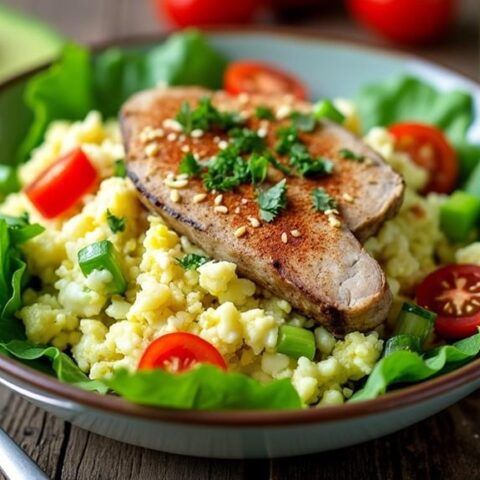

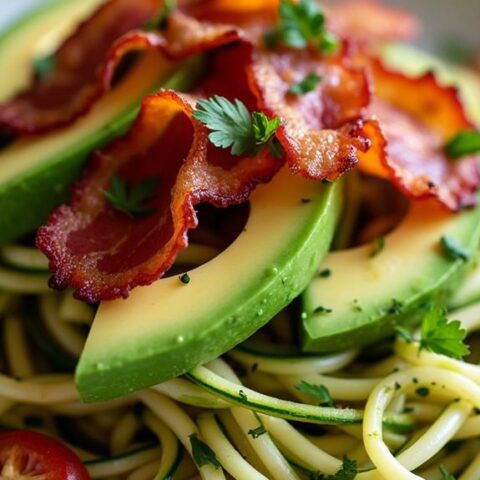
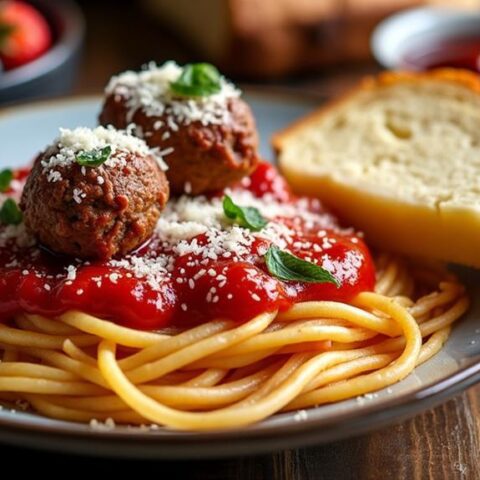
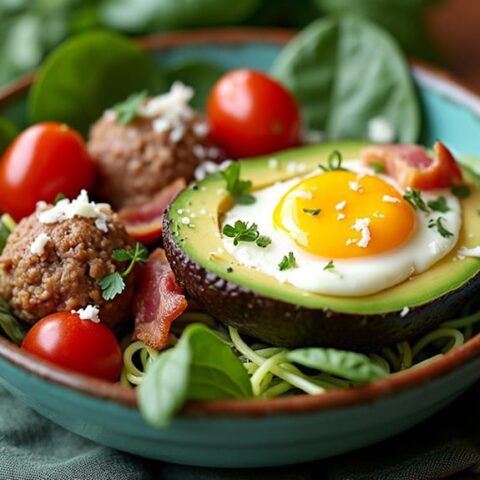
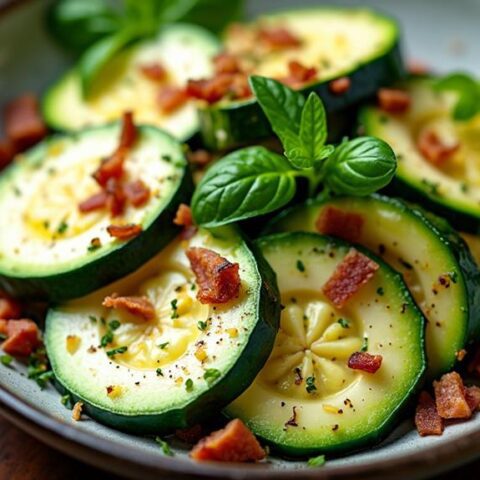
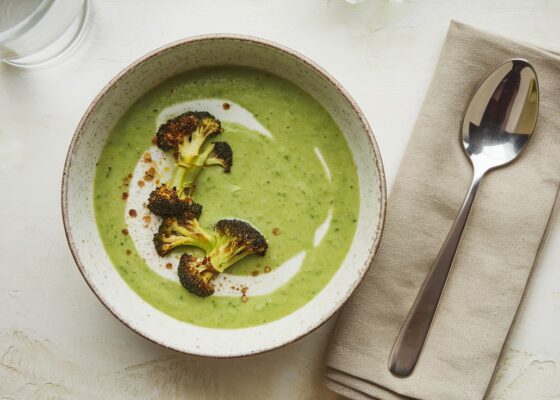

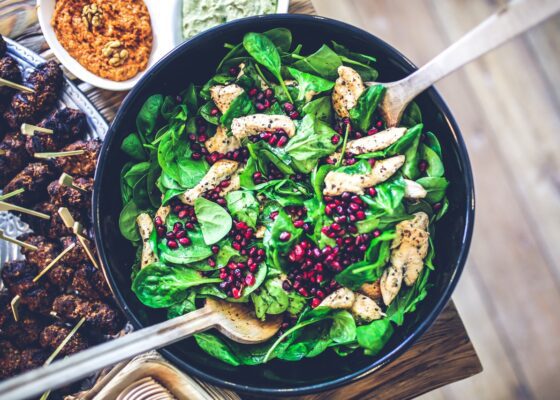
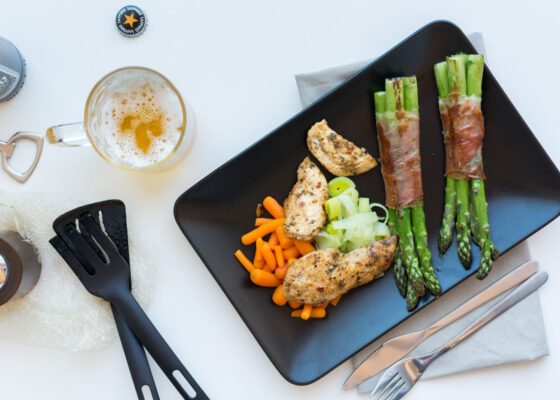
No Comments